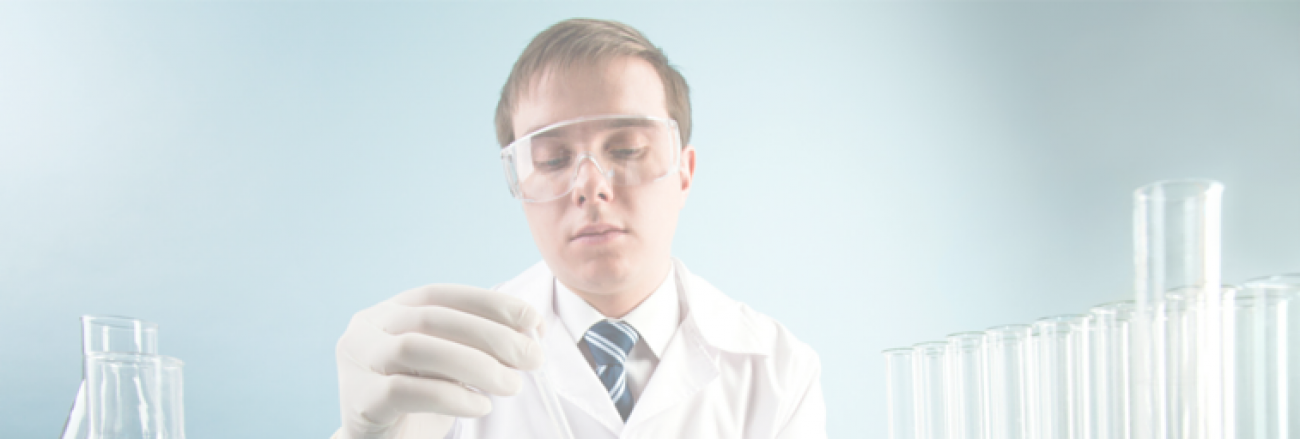I recently came across a really interesting idea. It reminded me of some things we have done in the past, and I would like to reach out to my friends to help with new ideas.
People may be familiar with the “Maker” idea. The Maker movement is the idea that people – real people, not engineers or product developers at a big lab – create products from unused, discarded, or any raw material or product, and then allow them to be recreated and assembled by others. That is, people create, and give away the plans so that others can create.
I love this idea, in general, and I have been meaning for some time to find ways to participate in this marketplace of ideas. I have two eighteen year old twins, and I have thought that doing “Maker” projects with them would be really fun….still need to test!
I heard about a new organization focused on healthcare Maker products. The idea is that people in all walks of healthcare are frequently faced with the need for some gadget or program or other thing that can help them do their jobs better. In this situation, they conventionally have two choices–do without or wait for their organization to buy some hugely expensive thing from a big medical equipment company. These devices have to be expensive because they have to go through an FDA Gauntlet of well-intentioned and vitally important safety checks.
The maker revolution says, well, lets try stuff. It builds on the fact that sometimes clinicians have to try stuff that’s new and innovative and, for which, there is existing science. This is a bold idea.
It reminds me a lot of the idea of frugal innovation or reverse innovation, about which I have frequently written in the past. It reminds me of the idea of Investigational Devices, an FDA process, about which I will write another time. And, it reminds me of the wireless Code Blue system we developed in conjunction with Cal Poly a couple of years ago.
It always bothered me that Code Blue systems were so old-fashioned and so cumbersome. In an era where we have extremely sophisticated electronics available to us, we are forced, due to regulations, to rely on a system that requires: (a) a person be near to a patient who codes; (b) a code blue button happens to be near to that person; (c) that person needs to hit the hard-wired button; (d) an operator somewhere needs to view the incoming alarm; (e) the operator needs to make an overhead page, identifying for the Code team the location of the event; (f) the code team members have to be in a location where they can hear the message. Today, I have a cheap band on my wrist that measures my pulse and continuously reports it to my iphone. I knew we could do better than the conventional, legally-required system.
And so, Mazzetti partnered with Cal Poly university in a Team Tech project. Team Tech is a competition run by SWE; the Society of Women Engineers. We worked with a group of students and we developed a wireless code blue system, and we won the national competition. Our system included a wearable device that detected loss of heartbeat and wirelessly sent a signal to the code team via iPhone. Very simple, effective, and accurate. But, because we were not able to go through the hoops of the various testing agencies, we were not able to bring this product to market. So, I am kind of intrigued by the idea of Maker – we could tell people how to do this, and, because we were not selling anything, they could do it themselves. They could do it in parallel with the legally required, old-fashioned system, and see how it worked. What a cool idea!
And so, I have two requests:
- If you are a hospital and you want to try to implement a wireless code blue system yourself, let me know. Lets do a pilot and see how it works.
- If you have other healthcare maker ideas, let me know – I have a company full of creative people–engineers, equipment planners, technology consultants, etc. And we would love to work on new healthmaker ideas that can help us all.
Interested in what you see? Subscribe to receive monthly news and information
more tailored to what you need.

